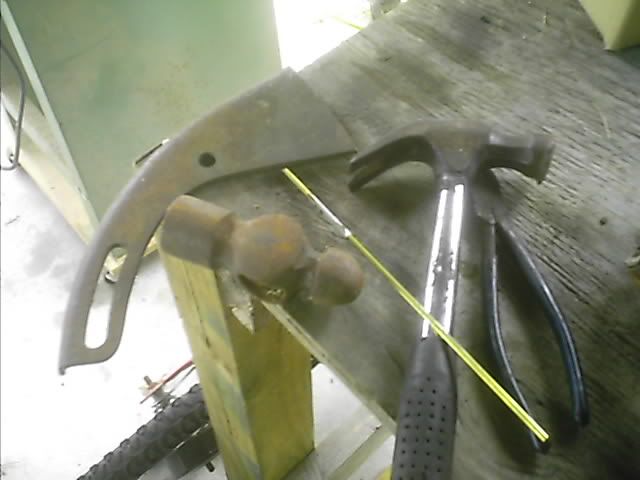I got the handle blanks from Dixie for like 4 bucks
I need a drill press bigtime....kinda screwed up
I drilled the holes, glued the square sides on, tapped the brass rods in and left a 3/16" or so of the rods sticking out on each side so I could hammer them into mushrooms. Then clamped it up with three C-clamps and left it for a couple days.
the shape of the full tang is much different,I thought I could sand to shape but I
decided to stop sanding for the time being, I'd rather have some wood left than not enough
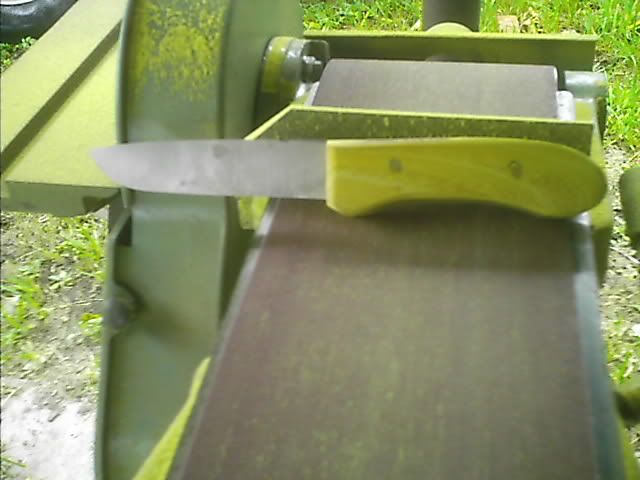
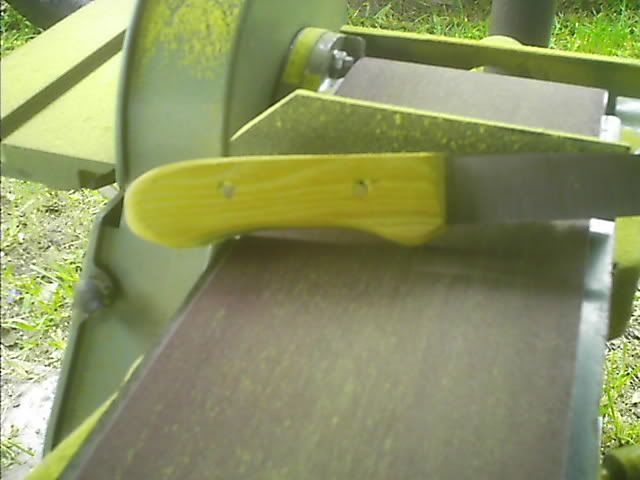
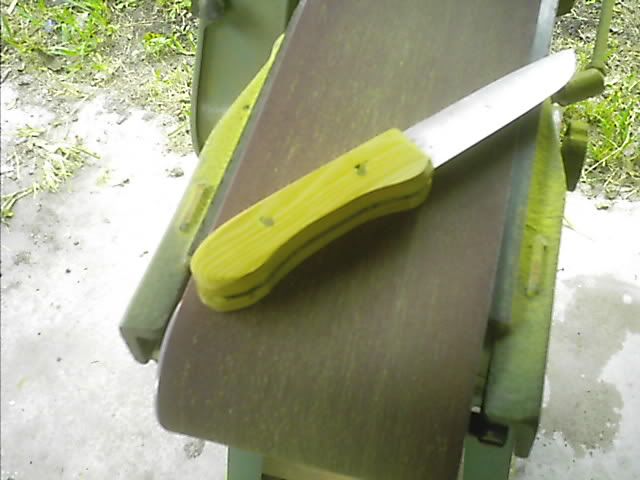
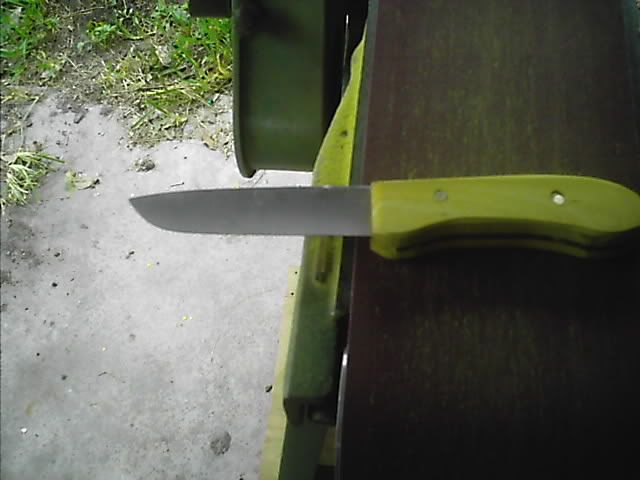
oops.....

and here is the "anvil" I pounded the ends of the brass rod to mushroom them in a slight counterbore
